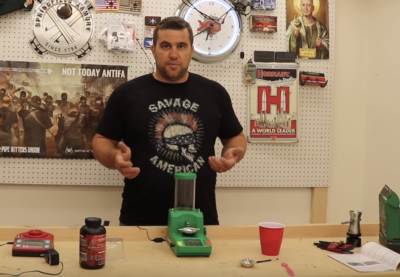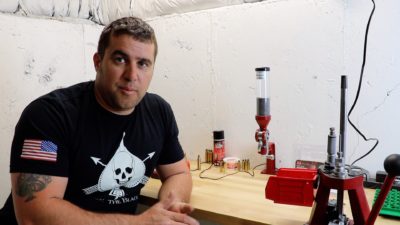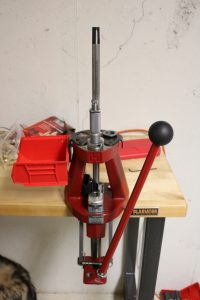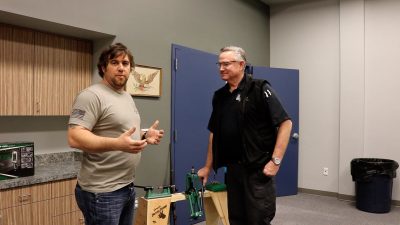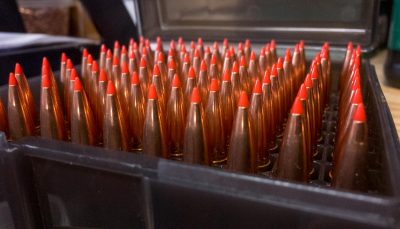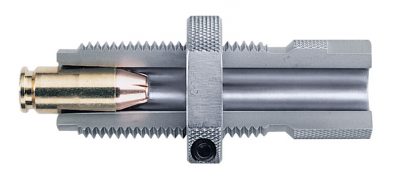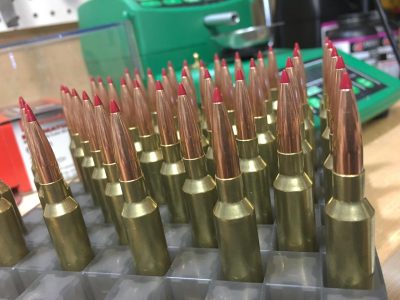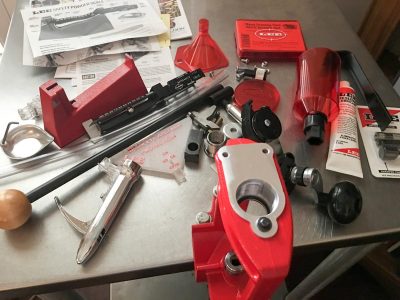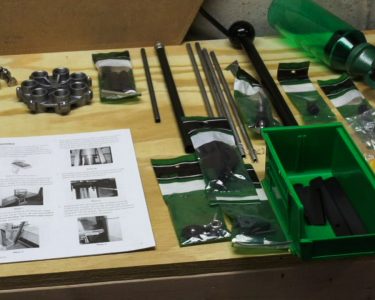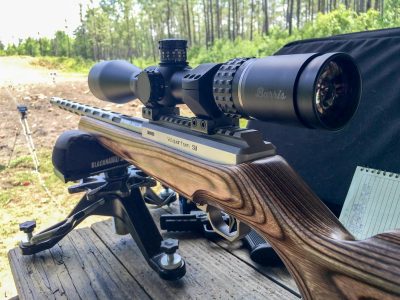In my journey into reloading as a cherry boy, I have done some things that are at the very least questionable, if not downright sketchy. I think we can all agree that a red Solo cup and a Gerber baby spoon are not proper powder-measuring tools, though they do work in a pinch.
Getting Started
Show First
Clay Learns to Reload Ep. 4: Using a Concentricity Tool & Powder Measure
Updated: April 25, 2018This week, the amateur reloading show got some upgraded tools. If you are stepping into the roll your own game, you are going to want to put these high up on your list not far behind the press.
Clay Learns to Reload: Ep. 2 Press Installation & Bullets that (Hopefully) Don’t Explode
Updated: April 5, 2018The Hornady Iron Press is an extremely smooth operator. Priming was so easy I was certain it wasn’t working, only to find primed brass on the other side.
Clay Learns to Reload: Ep. 1 Taking a Class
Updated: March 22, 2018I’m going to start reloading. As a noob, I decided to the best place to start was to take an entry-level class. Learning from an expert in the flesh can save you hours of heartache and head-scratching.
Reloading: Final Inspection and Packaging Tips
Updated: June 2, 2017The very last step in the reloading process is inspection and packaging. After all is done, I like to combine the inspection and packaging steps. As I put each completed cartridge into a box, I look it over to make sure everything is in order.
Reloading: To Crimp or Not to Crimp, That is the Question
Updated: May 22, 2017Crimping gets a bad rap. Just as we sometimes tend to fix construction mistakes with a hammer rather than taking the time to properly fit parts, we tend to view crimping as a way to “fix” a less than perfect bullet seating. The problem with crimping is that it sounds so logical. The word “crimping” kind of implies the process of locking a bullet in place. But, there is more to it than just that.
Reloading: Seating and Crimping Bullets
Updated: March 31, 2017So, let’s discuss the topic of seating and crimping in the reloading process. Stated simply, the seating step simply means jamming a new bullet into a cleaned, resized, primed, and powder-charged cartridge case. Crimping “generally” refers to the act of bringing the neck of the cartridge case back to proper dimension after that bullet is stuffed in. There’s a lot more to both actions, especially if you want to be safe, so let’s take a closer look at both steps.
Can You Start Reloading For Less Than $200? A Look at Lee Breech Lock Challenger Kit
Updated: October 14, 2016The topic of discussion was whether you could get started reloading your own ammunition for less than $200.
RCBS Pro-Chucker 7: Part 1 – Setup and First Operation
Updated: September 21, 2016Whether you are new to reloading, even just considering it for the first time, or an old pro with several wildcat loads named after him – you’ve heard of RCBS.
Optics Buying Guide: How To Properly Zero Your Scope
Updated: March 31, 2024Simply put, the process of zeroing a scope matches the point of aim to the actual point of impact. Put differently, the process ensures that a bullet lands exactly where you put the crosshairs
